Two-part bomb sewn together in fine black polished leather with all fittings in gilded brass. On both sides of the bomb, a flaming thunderbolt is attached, from which lightning emanates. Bomb depth approximately 16.5 cm.
Front plate depicting the Arms of France surmounted by the royal crown against a background of smoke and lightning, below a flaming thunderbolt, and at the bottom, a ribbon with the raised motto of the Gendarmes of the Guard "QUO JUBET IRATUS JUPITER" - "Where an angered Jupiter commands" or "In the direction indicated by an angered Jupiter." Height of the plate 17 cm. Rear visor devoid of decoration. Gilded brass visor, encircled by a folded rim running along the outer border and intricately engraved with laurel leaves, lined with waxed green Moroccan leather, width 6.6 cm.
Black polished leather nape piece.
Each chinstrap features a fine leather chin guard covered in black velvet, adorned with eighteen scalloped edges, alternating between four and three scallops framed by finely guilloched embellishments. Each chin guard is finished with a gilt silver tassel. Round-shaped rosettes, diameter 5 cm, embossed with a medusa head.
Tubular-shaped plume holder with a slightly tapered square section towards the base.
Crest composed of a mask and two fins stamped with a sequence of thunderbolts tapering towards the rear; mask stamped with sparkling thunderbolts and clouds attached to the bomb and front plate by a hook with an interior nut (this hook helps keep the chin guards raised); scalloped fins in their upper part and fixed to the bomb on each side by four gilded brass conical-headed screws.
Black horsehair plume extending about 11 cm in front of the crest.
Inner lining comprised of a black waxed leather band topped with black silk.
Total height of the helmet 42 cm.
Transport box made of wood covered with wallpaper, lined and covered with paper, black exterior, beige interior. Brass handle and lock.
France.
Restoration era.
Helmet in nearly new condition, chinstrap replaced later.
Repainted transport box, worn rear hinges, very good overall condition.
BIOGRAPHY:
Aimé-Charles-Zacharie-Élisabeth, Count of Gontaut-Biron (Paris, November 5, 1776 - Paris, February 14, 1840).
French military and politician, Colonel, Knight of the Legion of Honor.
Son of Jean-Armand-Henri-Alexandre de Gontaut-Biron (1746-1826), lieutenant-general in the King's armies, and Marie Joséphine de Palerne, he was the brother of Armand de Gontaut-Biron (1771-1851), hereditary Peer of France.
Following in his father's footsteps, he pursued a military career. A cavalry colonel and chamberlain to Napoleon I, he was made a count of the Empire on October 6, 1810.
Supporting the Restoration, he was appointed major of the King's Guard Gendarmes in 1814 and accompanied King Louis XVIII to Ghent during the Hundred Days.
Upon the second Restoration, he was knighted in the Legion of Honor.
Serving as president of the electoral college of Orne, he was elected as a deputy for that department on May 16, 1822, and sat with the ministerial majority.
Gontaut-Biron made little impression in the Chamber and was reelected on March 6, 1824, serving until 1827 when he was defeated.
He regained his position as deputy on July 3, 1830, elected by the electoral college of the Gers department, eventually retiring to private life in 1831.
NOTE:
To date, six examples of the 1814 King's Guard Gendarmes superior officer helmets are recorded:
- one at the Army Museum, Hôtel des Invalides in Paris.
- one at the Historical Museum, Ducal Palace in Nancy.
- four examples in private collections, including one with fantasy decorations.
I have published two articles in the TRADITION magazine dedicated to this helmet model: one for the trooper's helmet and another for the officer's helmet.
HISTORICAL BACKGROUND:
The Gendarmes are one of the oldest units in the French Army, and to reward their bravery, Henry IV selected two hundred of them to form his personal guard. Subsequently, this new unit was placed in service of the Dauphin with the title "Compagnie des Gendarmes des ordonnances de Monsieur le Dauphin." During the reign of Louis XIII, the Gendarmes took the lead within the Military Household by decree on April 29, 1611.
In 1814, the King's Guard Gendarme Company consisted of a staff and two squadrons, each divided into two brigades. In total, the company comprised thirty-seven officers, two hundred Gendarmes, and two hundred supernumerary Gendarmes (they never reached the full complement). The Captain-Lieutenant was Count Etienne de Durfort.























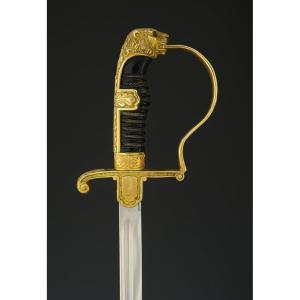
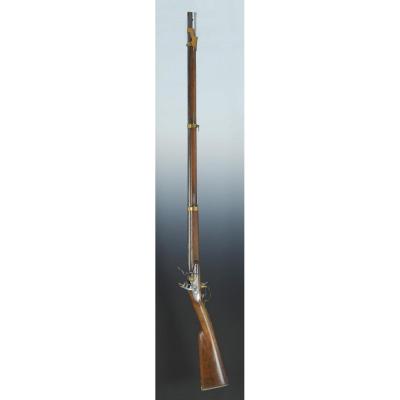




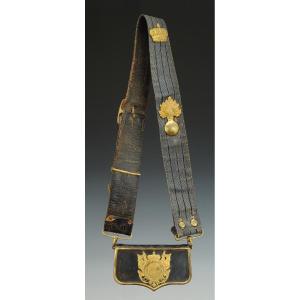
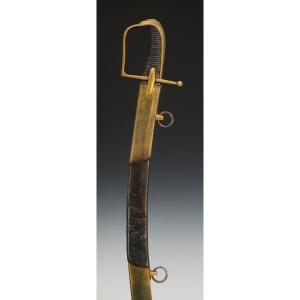




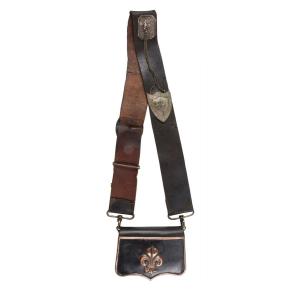


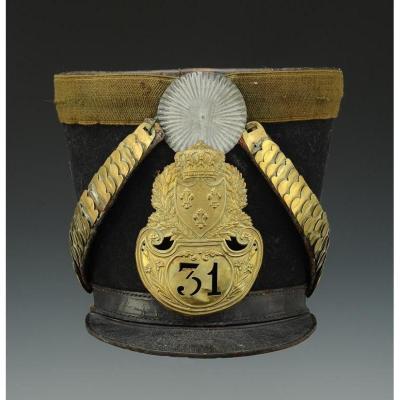



 Le Magazine de PROANTIC
Le Magazine de PROANTIC TRÉSORS Magazine
TRÉSORS Magazine Rivista Artiquariato
Rivista Artiquariato